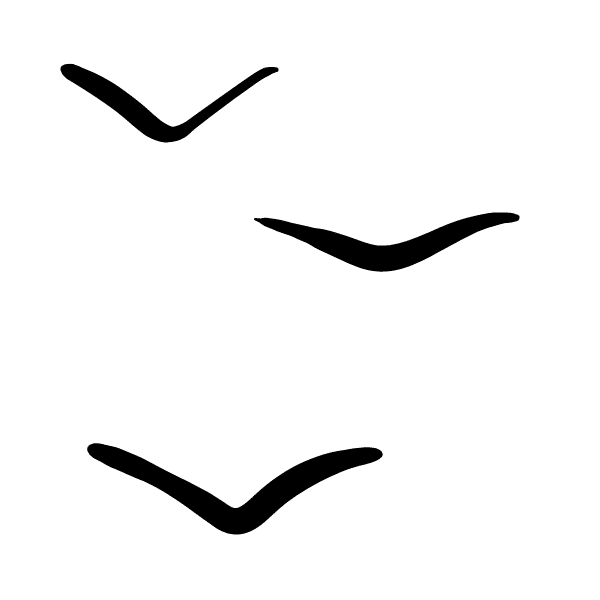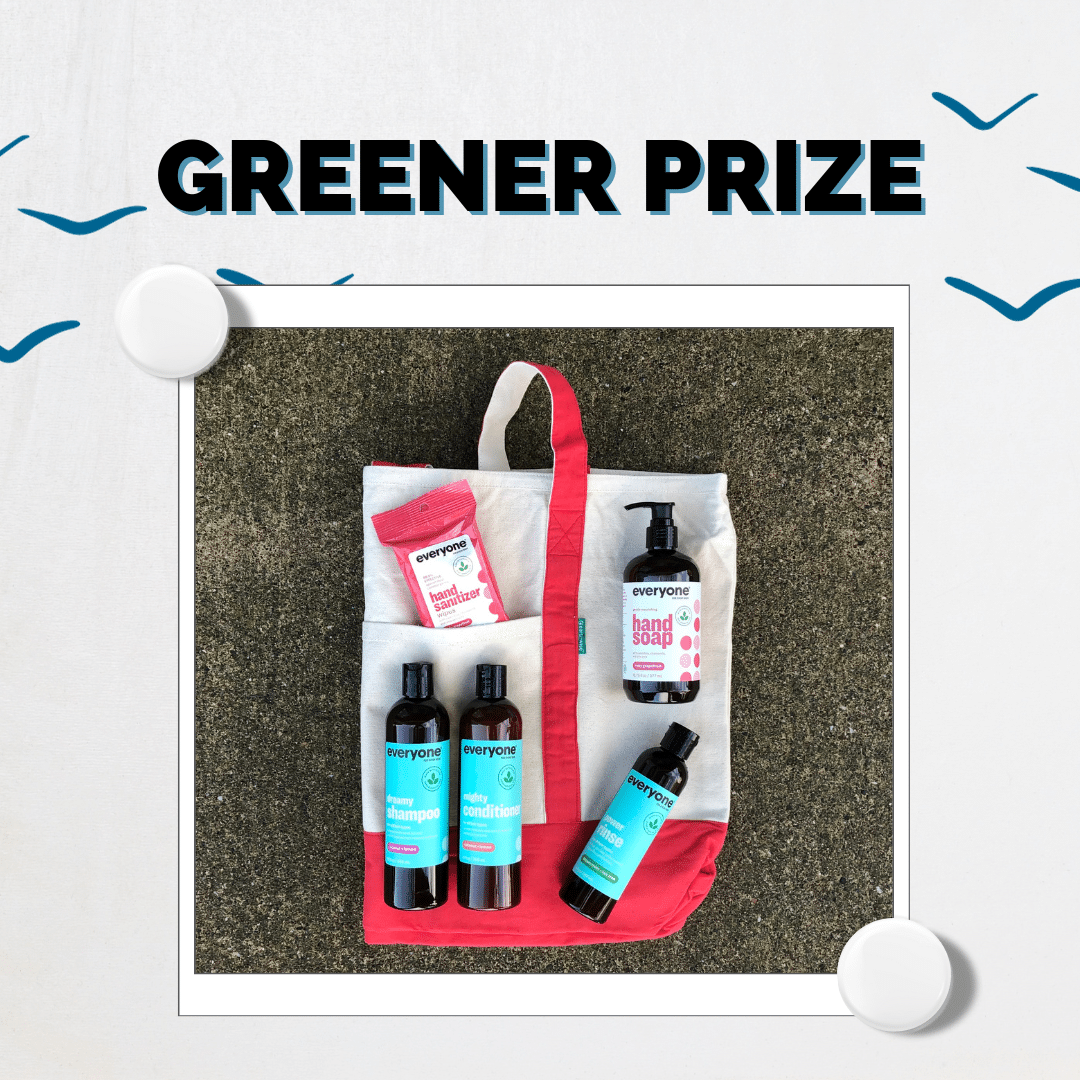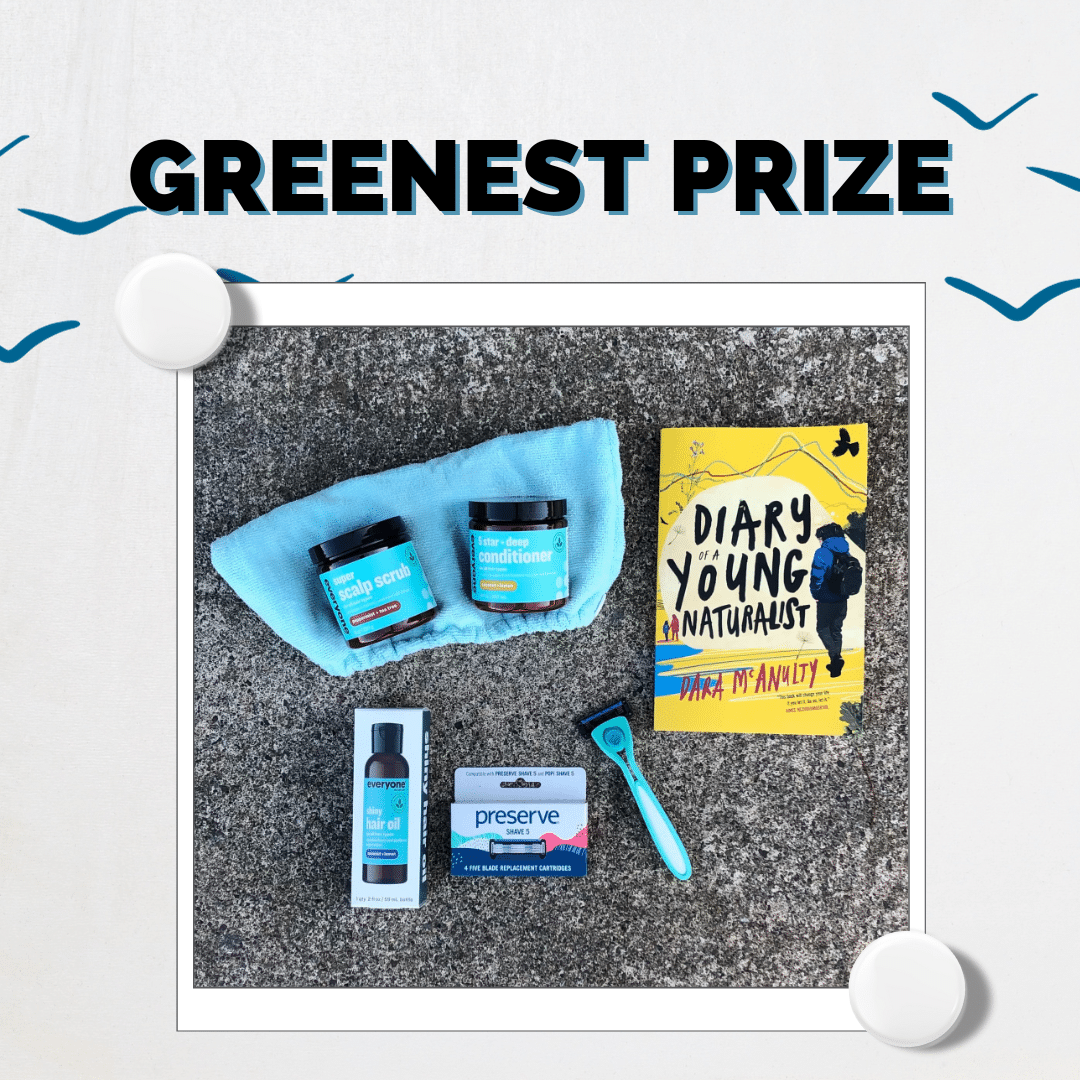
What is biomimicry?
Solutions to our biodiversity issues can be found all around us. For example, scientists have discovered that proteins found in mussels can be used as glue to aid in coral restoration. The protein is non-toxic and built to adhere to underwater environments, making it a highly innovative and sustainable solution to a big problem: the loss of coral reefs. The foundation of this creative nature-derived design is known as biomimicry.
Biomimicry is the scientific, research-based art of replicating nature’s forms, processes, and ecosystems to create regenerative designs. It’s important to distinguish that Biomimicry is focused on the function of their inspiration (ie. Works like a bird’s wing) rather than Biomorphism which seeks to emulate nature’s design (looks like a bird’s wing). Biomimicry examines millennia of evolution, studying and replicating nature’s successes. Creative problem-solving is invaluable in the climate crisis we currently face, so looking towards the resilient behaviors of plants and animals could help us adapt to and mitigate new global warming issues. We can reexamine our technologies and adapt them to include sustainability in our lived environments. For instance, incorporating sustainable materials like Live Edge Furniture can enhance our spaces while supporting environmental stewardship.
Many of the inventions we take for granted today are a product of biomimicry. For example, Velcro was invented by George de Mestral in the 1940s when he examined the way burrs attached to his clothing and dog’s fur with a unique hook design. In the late 1990s, Japanese engineers designed a bullet train that imitated the beak of a kingfisher, reducing the train’s noise pollution and energy usage. More recently, after observing the functions of elephant trunks, scientists created bionic arms for amputees with increased flexibility.

Nature inspires not only helpful everyday inventions but also solutions to climate change. Millions of years of evolution can serve as the blueprint for optimizing technology with the potential to safeguard our planet’s future. How about a world full of wind turbines that mimic the ridges along the powerful fins of the humpback whale in order to generate energy more efficiently? Or buildings that mimic trees, relying entirely on rainwater, composting waste directly into the ground, and running on solar panels positioned on its roof to create more energy than it consumes? Well, you don’t have to imagine, these innovations all exist. Scientists, architects, and entrepreneurs have already begun to successfully utilize nature’s solutions to our most pressing issues.
“The more our world functions like the natural world, the more likely we are to endure this home that is ours, but not ours alone.”
– Janine Benyus, biologist and author
Our partner, Everyone, uses the power of nature to create products that are compatible with our bodies, nontoxic, and safer. Even their hand sanitizer is produced using a renewable biofuel made from beets, trees, and other natural resources.
Our partners at the Biomimicry Institute call for biomimicry as a regenerative solution, bridging the gap between biology and design. Biomimicry solutions are applicable in every industry, providing us with a unique opportunity to reconnect with nature and create a more sustainable future for ourselves and the planet. By encouraging biomimetic innovation and providing resources that seek to educate and transform our relationships with nature, we are called to action. Together, we can (and must!) create a just, sustainable, innovative future that does more than appreciate nature, but rather sees people as one with nature.
As human beings, we are tied to the natural world. Our fast-paced, tech-focused society can cause us to feel distanced from the ecosystems that surround us, but we are inextricably tied and innately drawn to nature, our greatest teacher. Whether deliberately imitating nature’s best strategies or simply influenced by our surroundings, what we build often mimics biology.
Look around your campus, home, and community, either in person or via Google Earth Street View. Where do you observe biomimicry in action? Ask yourself why things are shaped, colored, or placed as they are. What fixtures of society stem from biomimicry? Here are some examples of integrated biomimicry from our partners at the Biomimicry Institute.
Find one instance and image of biomimicry in action and write a caption to explain it. Post on Instagram and tag @TurningGreenOrg (in caption and image) and @BiomimicryInstitute with #PGC2023 and #BiomimicryChallenge.
Upload your results and responses in a PDF document including a screenshot of your social post. Include your name (or team name), username, and school on your upload.
Submission Guidelines
Nature has designed complex structures for efficiency. Plants, animals and other organisms are alive today because of adaptations, mutations and shifts. Pay attention to their teachings.
“If the history of life on Earth were put to a 24‑hour clock, humans would have been here shaping the world for mere seconds. As latecomers, it’s time to begin asking the rest of our complex planetary family how to build a more resilient, regenerative, and beautiful world.” — Ask Nature
Time to get inspired. Explore the Biomimicry Institute’s AskNature online library of over 1,800 natural phenomena and bio-inspired applications. Explore the Inspired Ideas, Biological Strategies, and Collections tabs at the bottom of the page.
Select one design or biological mechanism that you find is particularly interesting. Write a reflection (about 300 words) on why this strategy or system that mimics nature inspires you, as well as other thoughts on biomimicry as a concept.
Post an image and text about why the concept of biomimicry inspires you. Tag @TurningGreenOrg (in caption and image) and @BiomimicryInstitute with #PGC2023.
Upload your responses in a PDF document including a screenshot of your social post. Include your name (or team name), username, and school on your upload to be eligible to win.
Submission Guidelines
Today, you have an opportunity to see, hear, feel and experience how the natural world is moving around you, and apply it to a real-world context. Will you lean in?
Reconnection with nature is where biomimicry begins. Biomimicry Institute defines (Re)connection as a practice that reminds us to observe and spend time in nature to understand how life works and encourages innovators to think about how a personal connection to nature informs work. As youth climate activists, we believe empathy is essential for understanding and solving environmental problems.
Immerse yourself in nature to listen and learn. We invite you to spend 20 or 30 minutes in a nearby park, trail hike, or virtual nature walk. Find a place where you feel connected to the biological world.
Bring a notepad and settle into a comfortable position. Observe the natural systems, designs, and interactions around you, writing down what compels, interests, or connects with you.
What is one system or structure you observed that could be recreated into an object for human use? Using the design process outlined in this infographic, create a diagram for a product or device based on something you saw during your time in nature. In a few sentences, explain what it will do and the source of your inspiration.
Post your diagram on Instagram with the accompanying caption. Be sure to tag @TurningGreenOrg and @BiomimicryInstitute, as well as #PGC2023.
Upload your responses in a PDF document including a screenshot of your social post. Include your name (or team name), username, and school on your upload to be eligible to win.
Submission Guidelines
Up to 10 Greener and 10 Greenest outstanding submissions will be selected as winners.

Each Greener Winner will receive:

Each Greenest Winner will receive: